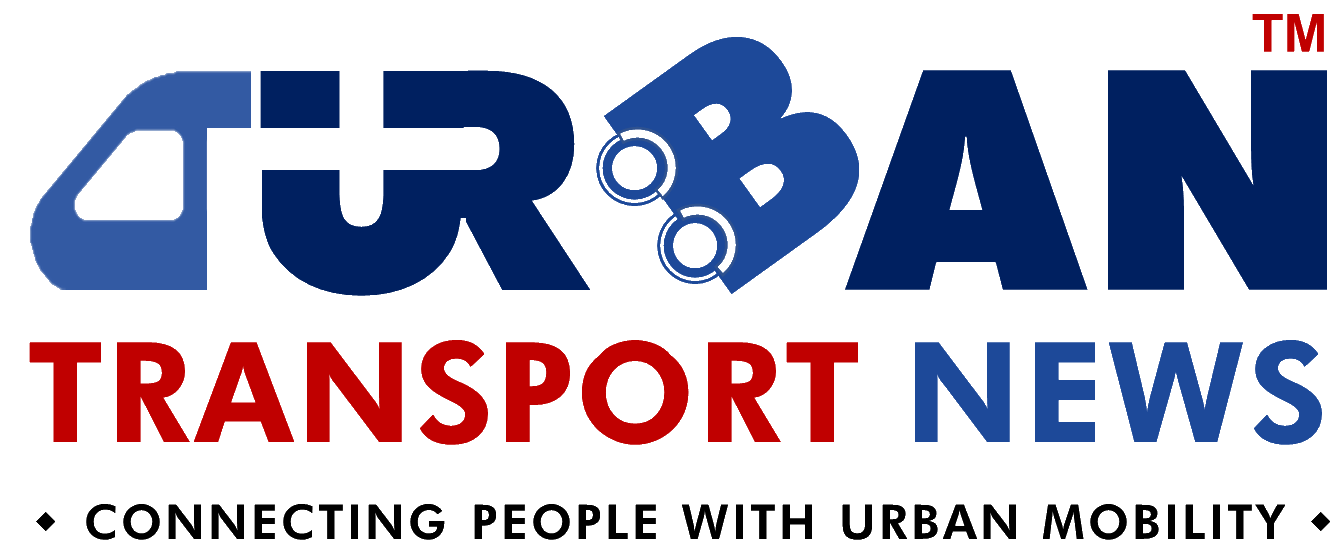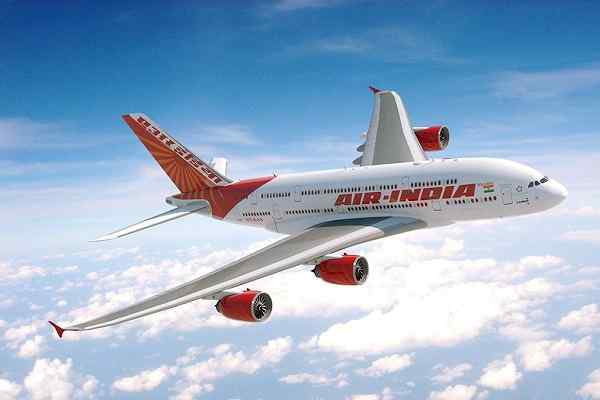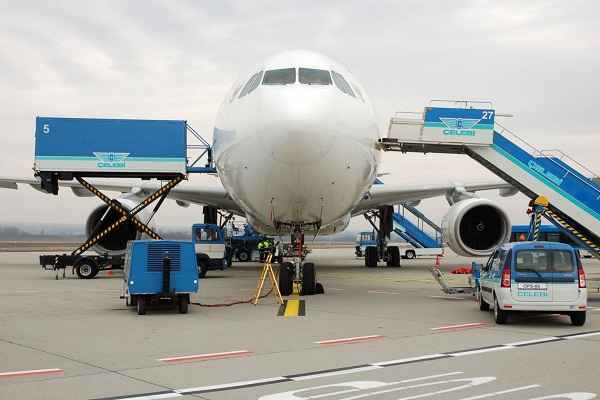 Women Powering India’s Electric Mobility Revolution
Women Powering India’s Electric Mobility Revolution Rail Chamber Launched to Strengthen India’s Global Railway Leadership
Rail Chamber Launched to Strengthen India’s Global Railway Leadership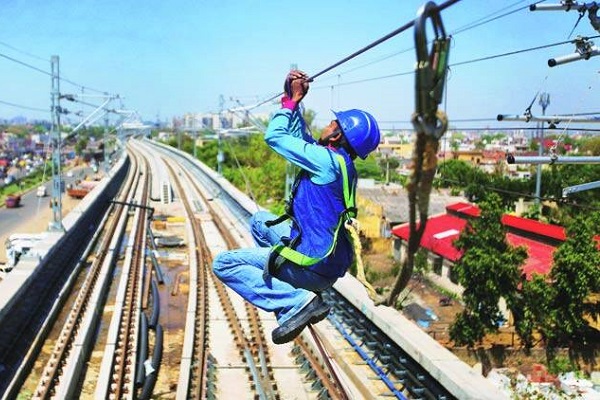 Wage and Hour Enforcement Under the Massachusetts Wage Act and Connecticut Labor Standards
Wage and Hour Enforcement Under the Massachusetts Wage Act and Connecticut Labor Standards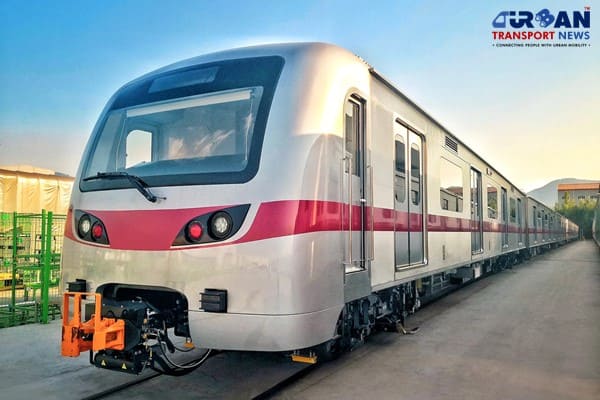 MRT‑7: Manila’s Northern Metro Lifeline on the Horizon
MRT‑7: Manila’s Northern Metro Lifeline on the Horizon Delhi unveils ambitious Urban Mobility Vision: Luxury Metro Coaches, New Tunnels and Pod Taxi
Delhi unveils ambitious Urban Mobility Vision: Luxury Metro Coaches, New Tunnels and Pod Taxi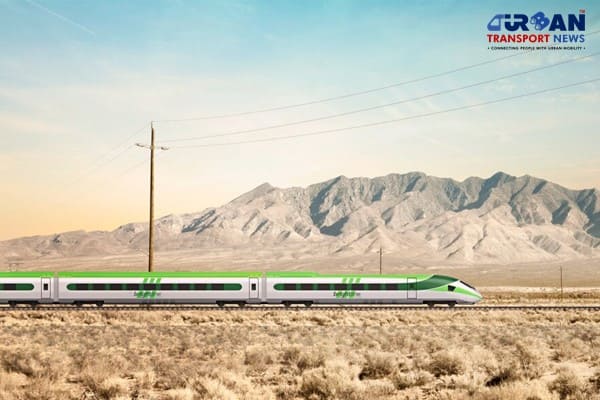 Qatar approves Saudi Rail Link Agreement, Accelerating Gulf Railway Vision 2030
Qatar approves Saudi Rail Link Agreement, Accelerating Gulf Railway Vision 2030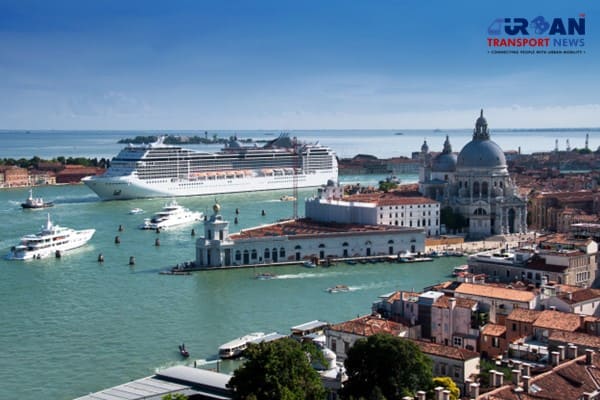 UP Govt plans to introduce Water Metro services in Ayodhya, Varanasi & Prayagraj
UP Govt plans to introduce Water Metro services in Ayodhya, Varanasi & Prayagraj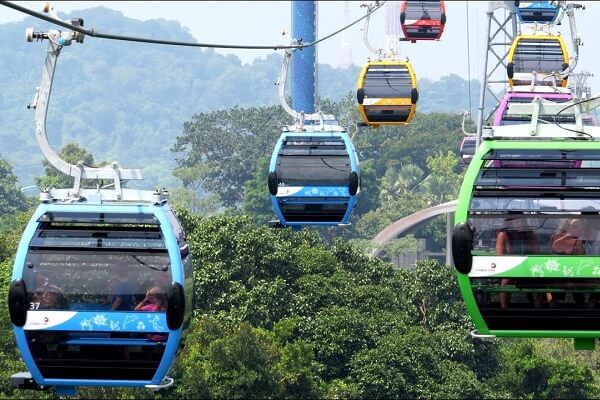 India’s First Urban Ropeway begins Trial Run in Varanasi, Set to carry 1 Lakh passengers daily
India’s First Urban Ropeway begins Trial Run in Varanasi, Set to carry 1 Lakh passengers daily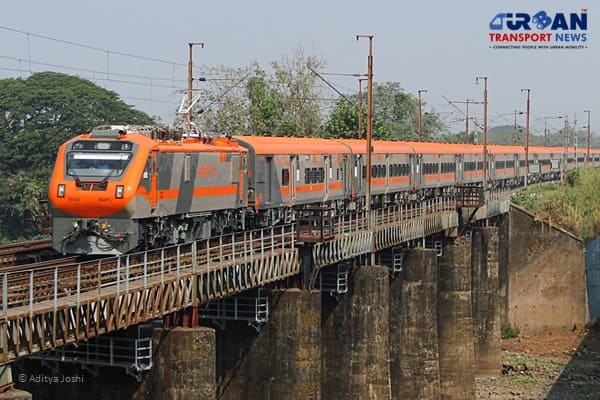 India and Bhutan to Build First-Ever Rail Link: ₹4,033 Cr Project to Boost Regional Connectivity
India and Bhutan to Build First-Ever Rail Link: ₹4,033 Cr Project to Boost Regional Connectivity Patna to launch Eco-Friendly Water Metro; Trial Run soon between Digha and Kangan Ghats
Patna to launch Eco-Friendly Water Metro; Trial Run soon between Digha and Kangan Ghats
Navi Mumbai International Airport set for September launch; IndiGo and Akasa Air to lead Operations
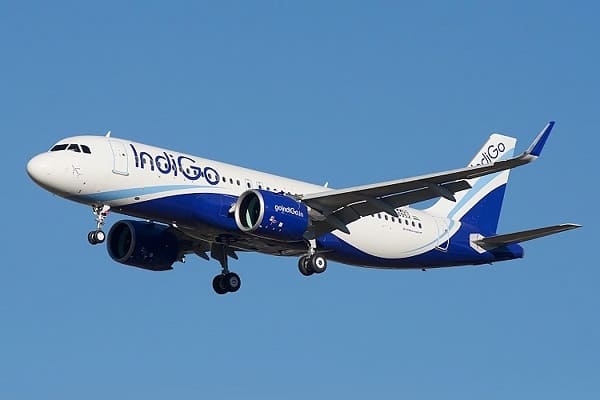
Navi Mumbai, Uttar Pradesh (Urban Transport News): The long-awaited Navi Mumbai International Airport (NMIA) is all set to take off by the end of September, providing Mumbai with its second full-fledged international airport after Chhatrapati Shivaji Maharaj International Airport (CSMIA). Located in Ulwe near Panvel, the greenfield airport is poised to significantly boost the region's air connectivity and relieve the load on Mumbai’s overburdened aviation infrastructure.
IndiGo and Akasa Air to Kickstart Operations
Two of India’s fastest-growing carriers, IndiGo and Akasa Air, will spearhead initial flight operations at NMIA.
IndiGo, India’s largest airline, will begin with 18 daily flights connecting over 15 domestic cities, with a robust expansion plan in place:
- 79 daily flights by March 2026, including 14 international routes
- Over 100 daily flights by November 2026
- Focus on both trunk routes and regional connectivity
Akasa Air will also make a bold entry with:
- 100+ weekly domestic departures initially
- Scaling up to 300+ domestic and 50 international weekly flights by November 2026
- Emphasis on “deep connectivity” from Tier-II cities across India
These airline commitments underline NMIA’s potential to emerge as a major national and international aviation hub within just a year of operations.
Why You Can't Book Flights from NMIA Yet
While the buzz is growing, NMIA flights are not yet visible on booking platforms. This is because:
-
Commercial operations have not officially started
-
Airlines typically release flight schedules 15–30 days ahead of launch
-
DGCA licensing and regulatory approvals are in final stages
Passengers are advised to check official airline websites or ticketing platforms closer to the launch date for flight availability.
A Strategic Milestone in Mumbai’s Aviation Growth
Built to decongest CSMIA and accommodate Mumbai’s growing passenger traffic, NMIA is strategically located at the convergence of multiple transport corridors:
-
Navi Mumbai Metro Line-1 (under construction)
-
Mumbai Trans Harbour Link (MTHL)
-
Suburban rail and road connectivity to Panvel and CBD Belapur
-
Close proximity to upcoming multimodal logistics hubs
Mrs. Mamta Shah, MD & CEO of Urban Infra Group, hailed NMIA’s significance:
“The launch of NMIA is a defining moment in India’s aviation story. Its integration with upcoming metro, highway, and logistics networks makes it a cornerstone of multimodal transport planning for the Mumbai Metropolitan Region.”
Capacity and Future Plans
In its first phase, NMIA is expected to handle up to 20 million passengers annually. Upon full completion, the airport aims to scale up to a capacity of 90–100 million passengers per year, placing it among the top aviation hubs in Asia.
NMIA will feature:
-
Multiple parallel runways
-
Integrated domestic and international terminals
-
Advanced cargo handling systems to support both air freight and e-commerce logistics
With major commitments from IndiGo and Akasa Air, and operations slated to begin by end-September 2025, Navi Mumbai International Airport is well-positioned to become a game-changer for Western India’s aviation ecosystem. From easing congestion at CSMIA to unlocking new regional and international routes, NMIA promises to be a symbol of India’s next-generation infrastructure and a catalyst for economic growth across the Mumbai Metropolitan Region.
